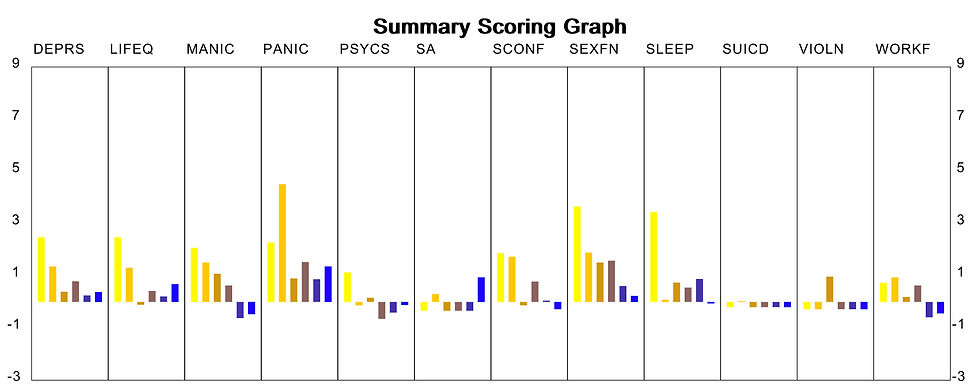
Therapeutic Approach
Many people seek out therapy to decrease unwanted experiences; to feel less depressed, feel less anxious, etc. While I work with clients to address these concerns, I also help to identify what we can increase together. What are your values? How can we work together to add more to your life consistent with those values? As a solo practitioner, I deliberately maintain a small client caseload to ensure I am fully able to attend to my clients’ needs. My areas of expertise include treatment of depression, anxiety, and interpersonal difficulties in adults.
I believe in a collaborative approach to psychotherapy. I place a high premium on the therapeutic relationship, and work to tailor my interventions to my clients’ goals and preferences. I have a relational style and supplement my approach with behavioral strategies consistent with evidence-based treatments (e.g., CBT/DBT/ACT) in the service of your values. I look forward to helping you reach your goals.

Monitoring Progress and Enhancing Your Therapy Experience and Outcomes
Therapeutic Process
I like to begin my work with clients with an initial evaluation. This typically lasts anywhere from 1-3 sessions, where I will ask broad questions to develop an understanding of how I can be helpful (essentially, tell me what is bringing you to my practice and what you would like to shift in your life). This evaluation will also involve focused questions so that I can create a treatment plan for you that accounts for all sorts of different factors. Some of these questions will likely be relevant to you, while others may not. For example, I will ask questions about mood, stress, sleep, substance use, concentration, intrusive thoughts, and others. I will also ask about your strengths and about how we can build upon on what is going well. Additionally, depending on your goals, I will likely have you complete psychometrically-validated questionnaires. These are the mental-health equivalents of getting blood work done at the doctor’s office: they help us to get a baseline read on things, and point in directions where things may be going awry.
After the initial evaluation, I talk with my clients about my assessment and recommendations for next steps. We’ll come to an agreement together about how you would like to proceed, whether that’s with a more unstructured approach (e.g., exploring emotions together for the first time) or structured approach (e.g., completing a protocol for insomnia with sleep tracking). I like to remain flexible in my approach so we can shift as needed. Additionally, I incorporate into my practice what are referred to as routine outcome measures; an example output of one is displayed above. Essentially, these are instruments that help us determine if we’re on the right track together. To bring it back to the blood work analogy, this lets us check in to see if our sessions together are working, and to change things up if they are not. The psychotherapy literature tells us that tracking progress helps us to achieve the best outcomes for our clients. These are one of many tools, and throughout the process we’ll check in to make sure we’re moving you toward your goals.
